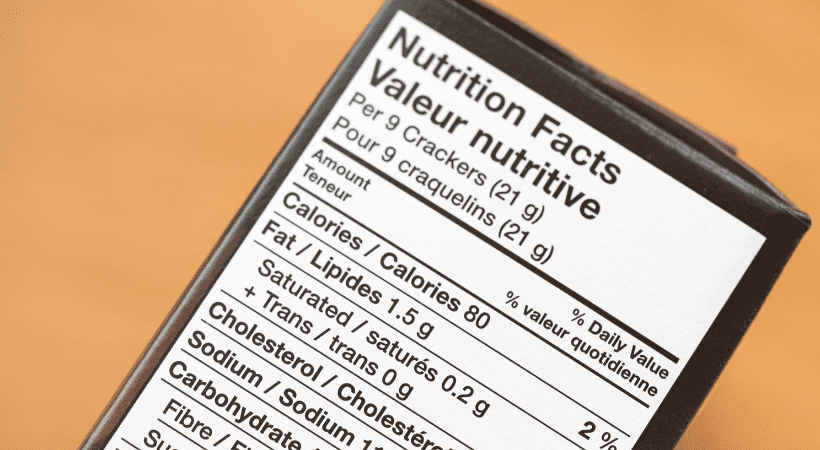Exporting to China: specific rules for labelling
Exporting to China: specific rules for labelling
Su Zhang, one of our expert Regulatory Advisors, looks at some specific requirements for labelling food products going into the Chinese market.

China offers a monumental opportunity for companies wanting to expand their reach into new export markets. However, the regulatory environment is unique and requires careful expertise and consideration before launching your products.
Labelling Rules:
There are specific rules that exporters of food products into the Chinese market must adhere to regarding labelling. Standard, simplified Chinese must be used and while it is also acceptable to include a foreign language, this must not be more prominent than the Chinese. It must be in line with the Chinese wording too, except for the trademark and declaration of foreign manufacturer and a minimum font size of 1.8 mm in height.
It is mandatory to include the below information. Some exemptions may apply, so do check with your labelling advisor.
- Name of food
- Ingredient list
- Net quantity, additional presentation requirements apply
- Name, address and telephone of the food business operator, i.e. importer registered in mainland China for imported food
- Country of origin
- Date marking, including production date and shelf life or expiry date, specific format requirements may apply
- Storage instruction
- Use instruction if applicable
- Nutrition information. There are mandatory requirements about energy and nutrients to be declared, specific format for the nutrition table, specific rounding rules and allowable tolerance for nutrition declaration
As there are prescribed terms for Chinese labelling such as designated terms for the food name, ingredients, and food additives, we advise against direct translation to Chinese from a label being used for other countries. In some cases, incorrect declaration of the name of food or food additives may give the impression that the food contains non-permissible food additives even though it is not the case, and this may mean rejection at the arrival port.
Additional labelling requirements may apply to specific foods such as milk and alcoholic beverages. And, if the product bears nutrition or health claims, it must also comply with the relevant Chinese requirements, as some claims permitted in the EU are not permitted in China.
Next reads
The Peanut Diaries: School and Social Occasions
The Peanut Diaries: Navigating Social Events and Celebrations with Food Allergies
The Peanut Diaries: A Parent’s Journey to Uncovering their Child’s Allergy
Redefining Healthy: What the FDA’s New Rules Mean for Food Labels and Nutrition Claims
Keep up to date with our latest insights
Subscribe to our mailing list to stay in touch with the latest news, insights and updates from Ashbury





